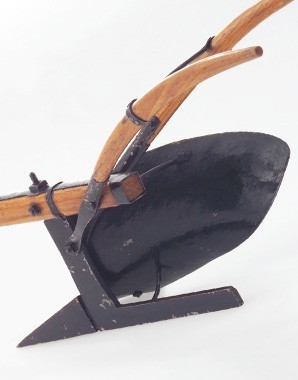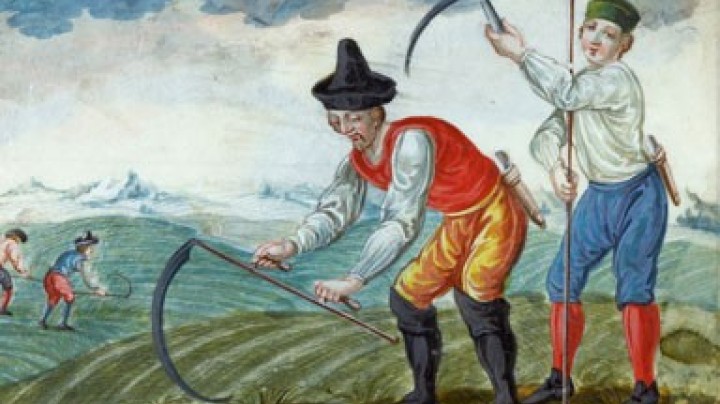Weaver in winter, bricklayer in summer
Many agricultural workers had to go into service as day-labourers or take odd jobs for part of the year, and took to the roads of the Monarchy in the search for employment, leaving farm and family behind.
With the growing numbers of people doing outwork in the eighteenth century, proto-industrial activities were transferred to the houses and dwellings of labourers or industrial craft-workers. Outwork was carried out particularly by the rural lower classes, such as cotters and small farmers, who earned additional money in this way. Since outwork often promised a better income than agriculture, members of peasants’ families often took on additional cottage industry activities such as spinning, weaving and the production of wooden tools and pottery goods. Agricultural activities were often handed over to day-labourers and cotters for a very small wage. In those periods with a very heavy work load – such as during the harvest – farmers’ families had to employ additional workers.
Day-labourers who were only employed for short periods had to earn their living in a variety of ways. Frequently odd jobs were taken on in the surrounding farms and a living was made from a combination of day-labouring and proto-industrial work at home.
Whilst the children of cotters were frequently in service or working as day-labourers at neighbouring farms, the weavers, who were very much in demand, travelled with their folding portable looms from house to house and from place to place to offer their services. Frequently a single trade did not provide an adequate source of income for a family, and so many people had combined or multiple occupations, such as master-tailor and street musician, blacksmith and trader, tailor and night-watchman, bricklayer and weaver, depending on the situation. Cotters who possessed a field were dependent on the resources of the surrounding farms. They borrowed, for a fee, horses and oxen for the tending of their own fields – which resulted in a patron-client relationship between farmers and cotters. The growing use of agricultural machinery led to the downfall of many small farms. They could no longer afford expensive equipment and could not keep pace with yields and prices. Frequently they were forced to give up their farms and earned their income from day-labouring and outwork.
















